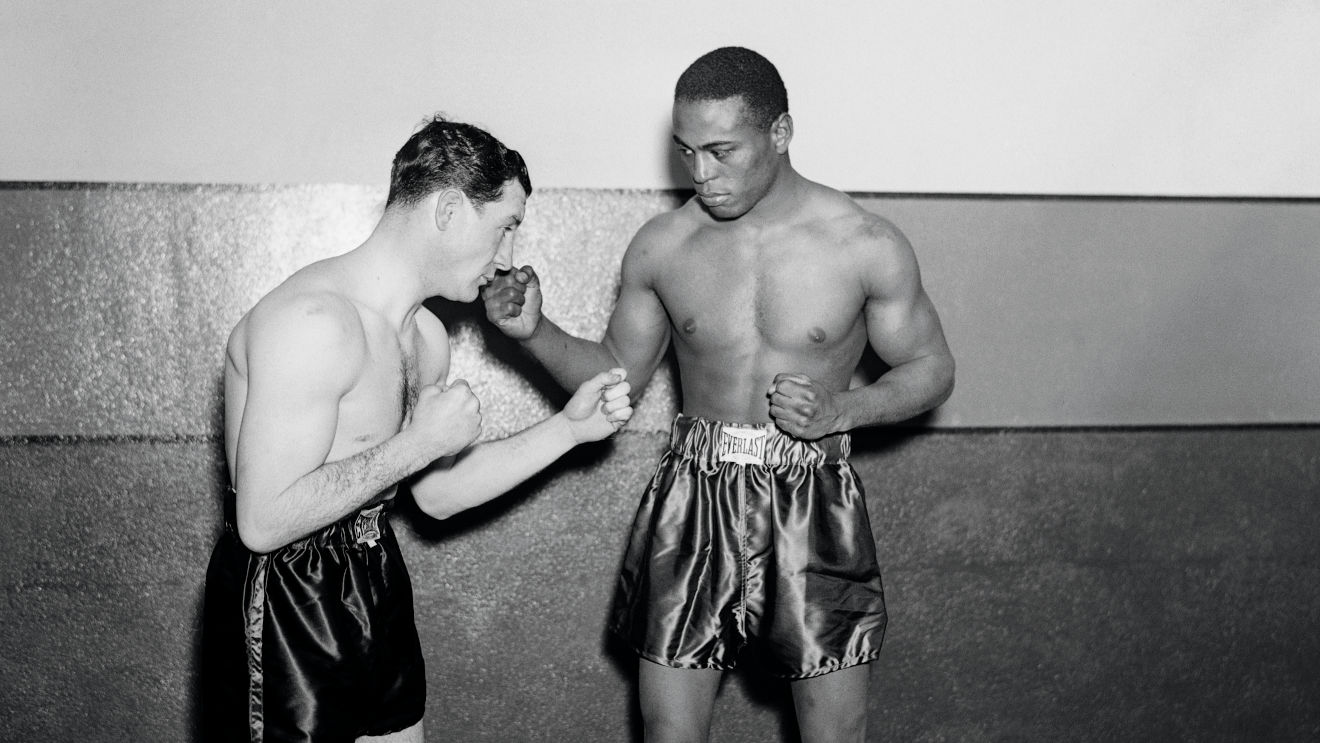Light-heavyweight legend John Henry Lewis came up the hard way
IN the lineal era, John Henry Lewis was one of the very best world light-heavyweight champions. He dominated the division during the mid-1930s in a similar way that Bob Foster did in the early 1970s.
Like Foster, he defended his title regularly and like Foster, he came unstuck when stepping up to fight for the world heavyweight title. Joe Frazier put paid to Bob’s account in a two-round thrashing and, as we shall see, Lewis had the misfortune to come up against the great Joe Louis, who beat him in a round.
Lewis grew up in Arizona and like so many black fighters of that era, he had to learn his trade the hard way, scrapping many times in the small halls of Phoenix and the surrounding area. One of these small halls was named after the most famous venue in boxing, Madison Square Garden.
It would take Lewis five years and nearly 50 contests before he stepped into the real Garden, in New York City, and when he did so, he went down on points in a 10-rounder to Jimmy Braddock, who at the time was on skid row. The following year, Braddock hit the jackpot, and so did Lewis.
On October 31, 1935, Lewis decisioned Bob Olin to win the world light-heavyweight title. He then boxed eight times in three months in non-title 10-rounders, losing two of them. This is the way that champions made money back then, particularly in an unfashionable weight division. They went on the road for good purses and generally didn’t care if they won or lost. Lewis defended his title twice in 1936 and he picked British fighters on each occasion.
One week after winning a 10-rounder against Eddie Simms in St Louis, Lewis was back at Madison Square Garden in New York, to take on Rochdale’s Jock McAvoy (both men pictured below) for the title. As I stated in an article last June, McAvoy had set the boxing world alight in 1935 when he KO’d Babe Risko in one round in his second American contest, and this title fight was his just reward.
The difference in height between the two men can clearly be seen in the accompanying photograph and this proved to be a major factor on the night, with Lewis using his extra height and reach to do just enough to win most of the rounds by a small margin. McAvoy was always in the fight, particularly in the last few rounds when he knew he had to stop his man, but it wasn’t enough.

Eight months later, Lewis came over to the UK to defend against Len Harvey. The Cornishman had held the British title at middle, light-heavy and heavyweight in a glittering professional career that started when he was just 12 years old, and in 1936 he was at his peak. He had lost the heavyweight title to Jack Petersen in January 1936 and had been inactive since.
The contest with Lewis took place at the Empire Pool, Wembley, in front of a full house of 11,800. Harvey came in at 12st 4lbs, three pounds under the championship limit. There was far less concern back in the 1930s for fighters to come in just ounces under the weight like they do today. A boxer trained hard and whatever the weight that he felt best at, was the weight that he fought at.
Once again, Lewis was just too good for his British opponent. Under the title ‘Britisher’s Bold and Valiant Bid for the World’s Light-Heavyweight Crown,’ BN reported that Lewis had to undergo a stern struggle before he came out on top.
Lewis boxed on until 1939, when, as undefeated light-heavyweight king, he stepped in with Joe Louis for the ultimate prize. He lasted only a couple of minutes as the Brown Bomber blasted him out with some murderous punching. It was John’s last contest. He retired immediately with eye trouble and died in 1974, aged just 59.


